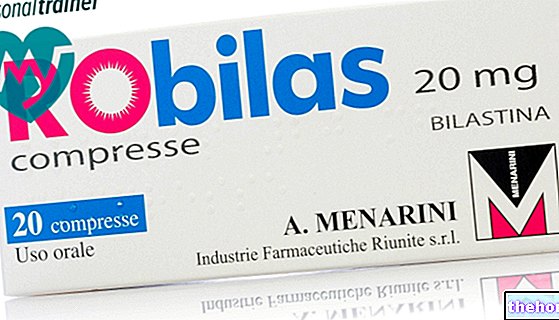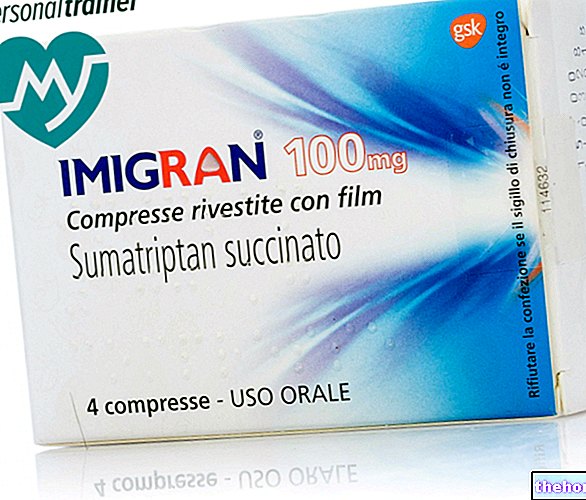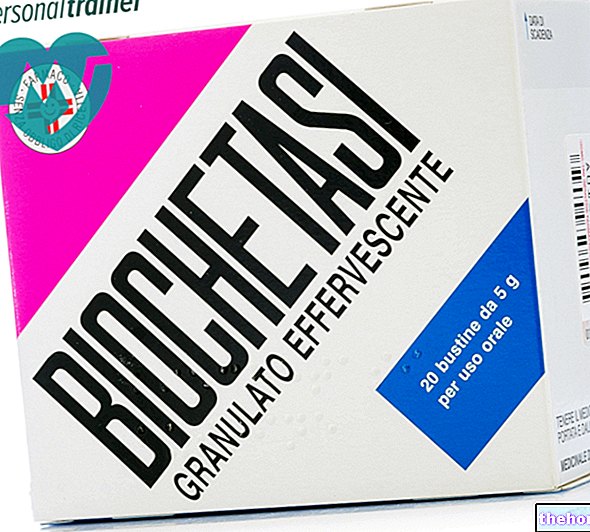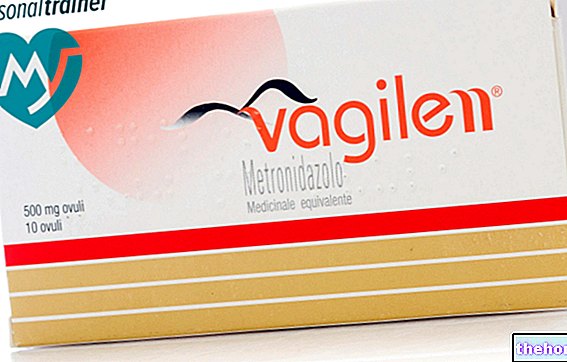Active ingredients: Piroxicam
FELDENE CREMADOL 1% Cream
Why is Feldene Cremadol used? What is it for?
WHAT IS IT
FELDENE CREMADOL is a non-steroidal anti-inflammatory and antirheumatic for cutaneous use.
WHY IT IS USED
Feldene Cremadol is indicated in the treatment of painful and inflammatory conditions of a rheumatic and traumatic nature of the joints, muscles, tendons and ligaments.
Contraindications When Feldene Cremadol should not be used
Hypersensitivity to the active substance or to any of the excipients.
Precautions for use What you need to know before taking Feldene Cremadol
The application of products for topical use, especially if prolonged, can give rise to sensitization phenomena. In the presence of hypersensitivity reactions, treatment must be interrupted and appropriate therapy instituted.
Serious skin reactions, some of them life-threatening, have been reported with the use of piroxicam for systemic use (hard capsules, sublingual tablets, suppositories, soluble tablets, solution for injection for intramuscular use), such as exfoliative dermatitis, Stevens-Johnson syndrome (SJS ) and toxic epidermal necrolysis (TEN).
These reactions have not been associated with topical piroxicam (Feldene cremadol, cream), however the possibility that they may occur with topical piroxicam cannot be excluded.
If symptoms and signs of SJS and TEN occur (e.g. progressive rash often with blistering or mucosal lesions) and exfoliative dermatitis, treatment with piroxicam should be discontinued.
If you have developed SJS or TEN with the use of Feldene cremadol, you should no longer reuse piroxicam. Non-steroidal anti-inflammatory drugs, including piroxicam, can cause interstitial nephritis, nephrotic syndrome and kidney failure. With topical piroxicam (Feldene cremadol, cream ) there have also been reports of interstitial nephritis, nephrotic syndrome and renal failure although a causal relationship with topical piroxicam treatment has not been established. Consequently, it cannot be excluded that these adverse events may be related to the use of topical piroxicam.
Interactions Which drugs or foods can modify the effect of Feldene Cremadol
There are no known interactions with other drugs.
Tell your doctor or pharmacist if you have recently taken any other medicines, even those without a prescription.
Warnings It is important to know that:
What to do during pregnancy and breastfeeding
The amount of active ingredient absorbed through the skin does not normally reach, in the circulation, concentrations such as to make the warnings valid and to expose to the risk of undesirable effects related to the administration of the drug systemically.
However, as a precaution, unless your doctor deems it absolutely necessary, we do not recommend its use during pregnancy and breastfeeding.
Effects on ability to drive and use machines
No effect of Feldene Cremadol on the ability to drive and use machines has been reported.
Important information about some of the ingredients
The cetostearyl alcohol contained in the cream can cause local reactions on the skin (eg contact dermatitis).
Dosage and method of use How to use Feldene Cremadol: Dosage
Spread an appropriate amount of cream on the painful area, massaging slowly until completely absorbed, repeating the administration 2-3 times a day.
How many
Warning: do not exceed the indicated doses without medical advice
When and for how long
Warning: use only for short periods of treatment
Like
Apply a layer of Feldene Cremadol by rubbing carefully.
Overdose What to do if you have taken too much Feldene Cremadol
No cases of overdose following topical cutaneous use of piroxicam have been reported in the literature.
In case of accidental ingestion of FELDENE CREMADOL, notify your doctor immediately or go to the nearest hospital.
If you have any questions about the use of Feldene Cremadol, ask your doctor or pharmacist.
Side Effects What are the side effects of Feldene Cremadol
Like all medicines, Feldene cremadol can cause side effects, although not everybody gets them.
The use, especially if prolonged, of the product can give rise to sensitization phenomena and local irritation.
(*) In this case it is necessary to interrupt the treatment.
Request and fill in the Undesirable Effects report form available at the pharmacy.
Compliance with the instructions contained in the package leaflet reduces the risk of undesirable effects.
If any of the side effects gets serious, or if you notice any side effects not listed in this leaflet, please tell your doctor or pharmacist.
Expiry and Retention
Expiry: see the expiry date printed on the package.
Warning: do not use the medicine after the expiry date indicated on the package. The expiry date indicated refers to the product in intact and correctly stored packaging.
Keep this medicine out of the reach and sight of children.
It is important to always have the information about the medicine available, so keep both the box and the package leaflet.
COMPOSITION
100 grams of cream contain
Active ingredient: Piroxicam ................................... 1 g
Excipients:
Polyglycolic esters of fatty acids, Propylene glycol, Macrogol 1000 monocetyl ether, Cetostearyl alcohol, Phenylethyl alcohol, Sodium citrate, Citric acid monohydrate, Hypoallergenic perfume, Purified water.
HOW IT LOOKS
FELDENE CREMADOL 1% is a cream contained in a 50 g tube
Source Package Leaflet: AIFA (Italian Medicines Agency). Content published in January 2016. The information present may not be up-to-date.
To have access to the most up-to-date version, it is advisable to access the AIFA (Italian Medicines Agency) website. Disclaimer and useful information.
01.0 NAME OF THE MEDICINAL PRODUCT
FELDENE CREMADOL 1% CREAM
02.0 QUALITATIVE AND QUANTITATIVE COMPOSITION
100 grams of cream contain
Active principle:
Piroxicam 1 g
The cream contains cetostearyl alcohol. For the full list of excipients, see section 6.1
03.0 PHARMACEUTICAL FORM
Cream for skin use
04.0 CLINICAL INFORMATION
04.1 Therapeutic indications
Painful and inflammatory states of a rheumatic and traumatic nature of the joints, muscles, tendons and ligaments.
04.2 Posology and method of administration
Spread an appropriate amount of cream on the painful part of the joints, muscles, tendons and ligaments, massaging slowly until completely absorbed.
Repeat the administration 2-3 times a day.
04.3 Contraindications
Hypersensitivity to the active substance or to any of the excipients.
04.4 Special warnings and appropriate precautions for use
The amount of active ingredient absorbed through the skin does not normally reach concentrations such as to make the warnings valid and to expose to the risk of side effects related to the administration of the drug systemically.
The application of products for topical use, especially if prolonged, can give rise to sensitization phenomena. In the presence of hypersensitivity reactions, treatment must be interrupted and appropriate therapy instituted.
See also section 4.5.
Serious skin reactions, some of them life-threatening, such as exfoliative dermatitis, Stevens-Johnson syndrome (SJS) and toxic epidermal necrolysis (TEN) have been reported with the use of piroxicam for systemic use.
These reactions have not been associated with topical piroxicam, however the possibility that they may occur with topical administration cannot be excluded.
Patients should be informed of the signs and symptoms, and they should also be closely monitored for skin reactions. The highest risk of developing SJS and TEN occurs in the first few weeks of treatment.
If symptoms and signs of SJS and TEN occur (e.g. progressive rash often with blistering or mucosal lesions) treatment with piroxicam should be discontinued.
The best results in the management of SJS and TEN are obtained with an early diagnosis and immediate discontinuation of therapy with any suspect drug. Early discontinuation is associated with a better prognosis.
If the patient has developed SJS or TEN with the use of Feldene Cremadol, the drug should no longer be reused in this patient.
Non-steroidal anti-inflammatory drugs, including piroxicam, can cause interstitial nephritis, nephrotic syndrome, and kidney failure.
There have also been reports of interstitial nephritis, nephrotic syndrome and renal failure with topical piroxicam, although a causal relationship with topical piroxicam treatment has not been established. Consequently, it cannot be excluded that these adverse events may be related to the use of topical piroxicam.
The cetostearyl alcohol contained in the cream can cause local reactions on the skin (eg contact dermatitis).
04.5 Interactions with other medicinal products and other forms of interaction
Based on bioavailability studies, piroxicam cream is extremely unlikely to displace other drugs bound to plasma proteins.
However, doctors will need to monitor patients treated with Feldene Cremadol cream and high protein binding drugs for any adjustments and dosages.
04.6 Pregnancy and lactation
Fertility
Based on the mechanism of action, the use of NSAIDs, including piroxicam, may delay or prevent rupture of ovarian follicles, which in some women has been associated with reversible infertility. In women with difficulty conceiving or undergoing investigation for infertility discontinuation of NSAIDs, including piroxicam, should be considered.
Pregnancy
The amount of active ingredient absorbed through the skin does not normally reach, in the circulation, concentrations such as to make the warnings valid and to expose to the risk of undesirable effects related to the administration of the drug systemically.
However, as a precaution, unless your doctor considers it absolutely necessary, it is not recommended for use during pregnancy.
Inhibition of prostaglandin synthesis could adversely affect pregnancy. Data from epidemiological studies suggest an increased risk of miscarriage after use of prostaglandin synthesis inhibitors in early pregnancy. In animals, administration of prostaglandin synthesis inhibitors has been shown to cause increased pre- and post-implantation loss.
Pregnancy
The use of topical piroxicam during lactation is not recommended as its clinical safety has not been evaluated.
04.7 Effects on ability to drive and use machines
No effect of Feldene Cremadol on the ability to drive and use machines has been reported.
04.8 Undesirable effects
Like all medicines, Feldene cremadol can cause side effects, although not everybody gets them.
The use, especially if prolonged, of the product can give rise to sensitization phenomena and local irritation.
(*) In this case it is necessary to interrupt the treatment.
04.9 Overdose
No cases of overdosing have been reported in the literature.
05.0 PHARMACOLOGICAL PROPERTIES
05.1 Pharmacodynamic properties
Pharmacotherapeutic group: non-steroidal anti-inflammatory and antirheumatic drugs.
ATC code: M01AC01.
Piroxicam is an NSAID with a marked anti-inflammatory and analgesic activity which is also associated with an antipyretic effect.
The mechanism of action is mainly constituted by an inhibition of the biosynthesis and release of prostaglandins, known mediators of inflammatory processes, through the reversible inhibition of the cyclooxogenase enzyme. Any interference of the drug on the pituitary-adrenal system is excluded.
The activity of the active principle administered percutaneously in the various models of acute and chronic inflammation appears to be very relevant, even in the presence of reduced plasma levels: this finds a convincing explanation in the marked tropism of piroxicam, conveyed percutaneously, for the inflamed site .
05.2 Pharmacokinetic properties
Studies conducted in both humans and animals have shown that the "systemic" bioavailability of epicutaneous application is about 1/10 of that by mouth (comparison of kinetics with equiponderal doses).
The serum half-life of piroxicam is approximately 50 hours.
05.3 Preclinical safety data
Toxicological tests carried out on various animal species have shown that piroxicam in cream is well tolerated and has no photosensitizing, teratogenic and mutagenic activity.
In mice, rats and dogs, the LD50 per os after a single administration is respectively 360,270 and over 700 mg / kg while, by the peritoneal route in mice and rats, it is respectively 360 and 220 mg / kg. Doses between 0.3 and 25 mg / kg / day were used for subacute and chronic toxicity studies in mice, rats, dogs and monkeys.
This latter dose is approximately 90 times greater than that indicated for humans.
The only pathological events observed, at the maximum dose used, consisted of renal papillary necrosis and gastrointestinal lesions.
06.0 PHARMACEUTICAL INFORMATION
06.1 Excipients
Polyglycolic esters of fatty acids, propylene glycol, macrogol 1000 monocethyl ether, cetostearyl alcohol, phenylethyl alcohol, sodium citrate, citric acid monohydrate, hypoallergenic perfume, purified water.
06.2 Incompatibility
Not relevant.
06.3 Period of validity
3 years.
06.4 Special precautions for storage
This medicine does not require any special storage conditions.
06.5 Nature of the immediate packaging and contents of the package
FELDENE CREMADOL 1% cream - 50 g tube,
Flexible aluminum tube internally coated with epoxy resins.
06.6 Instructions for use and handling
See section 4.2.
07.0 MARKETING AUTHORIZATION HOLDER
Pfizer Italia S.r.l.
via Isonzo, 71 - 04100 Latina
08.0 MARKETING AUTHORIZATION NUMBER
A.I.C. n .: 035443011
09.0 DATE OF FIRST AUTHORIZATION OR RENEWAL OF THE AUTHORIZATION
May 31, 2005
10.0 DATE OF REVISION OF THE TEXT
AIFA determination of 8 March 2013




























